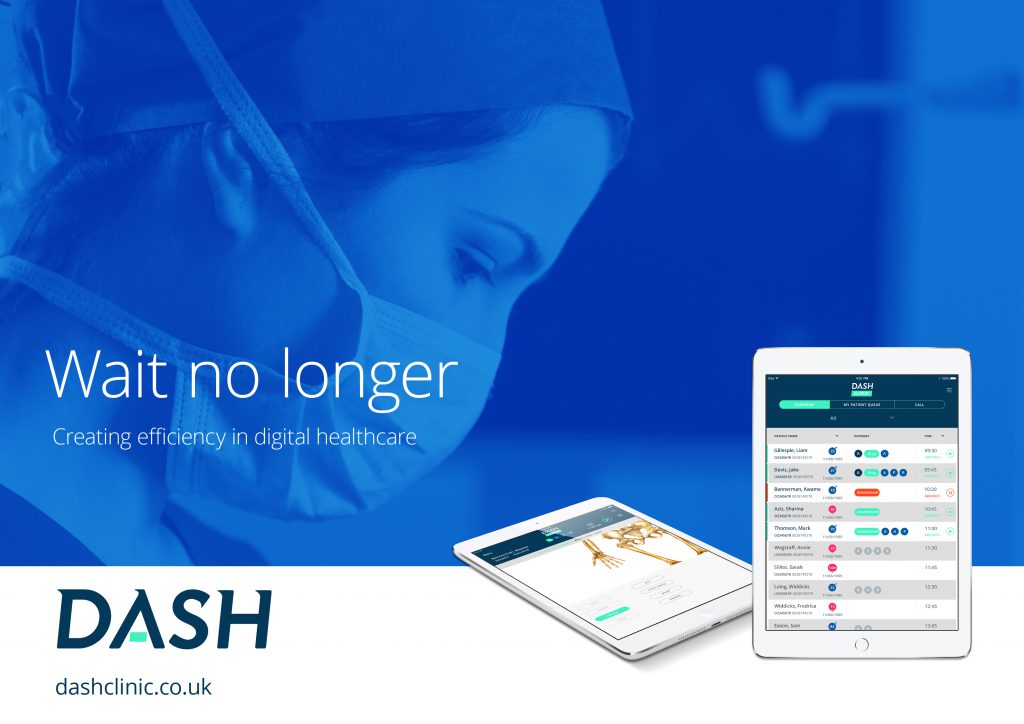Life is a hectic schedule, a juggling act, occasionally dropping balls but persevering with the stage show. Time is precious and the balancing act in healthcare carries precarious human risk.
As a clinician I know the hard work that goes into frontline care and the management machine that supports it. Software has an immense opportunity but poor design is significantly stifling the system.
Patients sit in waiting rooms able to bank and shop online, book flights and restaurants, but are unlikely to be able to manage their health visit online. It is not the staff at the frontline that are the problem. Clinicians expect information, which requires nimble systems but the reality is that they are given software which make them feel like their skilful hands are tied behind their backs and the juggling ball gets dropped. We’re all frustrated with stale healthcare software, which at best is workable, non-intuitive, slow, faceless and soulless. Additionally we’re at risk of turning clinicians into administrators, the result of which is poor digital adoption, a reputation of slow. That’s not what digitisation needs, we must lean in and move with the digital revolution. Unleash AI, Watson!
Making improvements requires time to be creative, but if the need for a solution is pressing, your creative right sided brain functionality is stifled by the demands of the left, more pragmatic, side. If time is abundant, the creative right side is nurtured and allowed to flourish, and is shown to be more successful. It is for this reason that Google employees are encouraged to exercise their creative side with their own ideas, with ‘Google 20% time’ being the time allocated to allow ideas to generate.
I’ve asked frontline staff what the factor is, if less scarce, would be a fundamental game changer. Given choices of a better skills, people, environment, food or time, most choose time. Time allows training, support, input to improve, and time to recuperate. It’s the common denominator, the dependency that underpins progress. Wasting time and having less time creates stress and resentment, a hard pushed left brain. The nurturing successes of ’20% time’ can yield right brain creativity.
The digital user interface must be designed around the user experience (UX). Furthermore it’s all about flourishing intuitive UX not senseless UX (“flUX not sUX”), and flUX is fast. Use time to harness end to end design, one can create flUX, creating more time. Time to care. Healing time, a marginal gain to satisfy Matthew Syed’s ‘Black Box Thinking’.
Digitising carries risk of developing systems that waste time by simply copying old processes, whereas it has the opportunity to reinvent. Health is our most precious commodity and the language of healthcare is telling us something:-
“Waiting room
Waiting for IT
Wait outside
Waiting lists”
“No shortage of complaints
No capacity
No time to care
No one understands”
“Longer forms
Longer on the computer
Longer to organise”
“The IT systems are slowing us down!” “Give me back paper!”

This is not a failure of a single healthcare system, it’s a global concern. The next time you partake in healthcare, as a manager chasing time-based targets, a clinician using slower systems or a patient receiving less eye contact and compassion, think of this.
Wait. No. Longer.
The next time you are in a waiting room or waiting for surgery, results or even to be discharged from hospital, understand that the delay is probably due to a series of right and left clicks on nameless tabs within systems, requiring hours of training to use. The training is not medical training, its familiarity training to use a system that isn’t intuitive. Hours of it. (Therein lies more available gain.)
Simon Sinek is an epic thought leader that has distilled the essence of corporate success, StartwithWhy.com. By focusing on the WHAT and working out HOW to get the WHAT there becomes an imbalance from the (key) driving force of WHY. Without starting with the WHY, the product development and feature list (and ultimately the corporate brand) hold restricted value. Digitising healthcare is not about turning illegible writing into text, it has a far reaching benefit.
“If you’re not fast, you’re dead.”
Jack Welch, Former CEO, GE
If you are a software company creating healthcare products for the sake of it, you will fail. If your strategy is not clearly defined to benefit all and not being lean to save time, realise that your product is more likely to disable than enable. Your software license is doing no more than ticking a box fulfilling another target for a health provider to become digital. Ill-designed software is wasting time, time required to heal and breathe life into our very existence.
 Our wait should DASH.
Our wait should DASH.

Share my campaign, every person on the planet needs effective healthcare.
Jim Gray
Director, DASHmed® Ltd